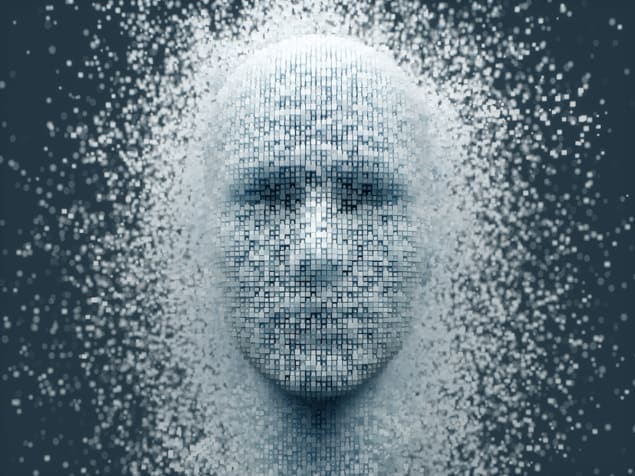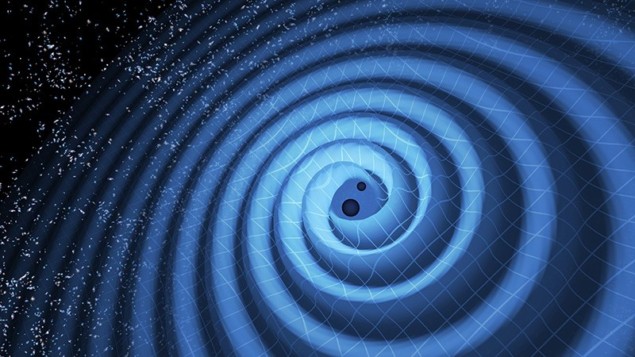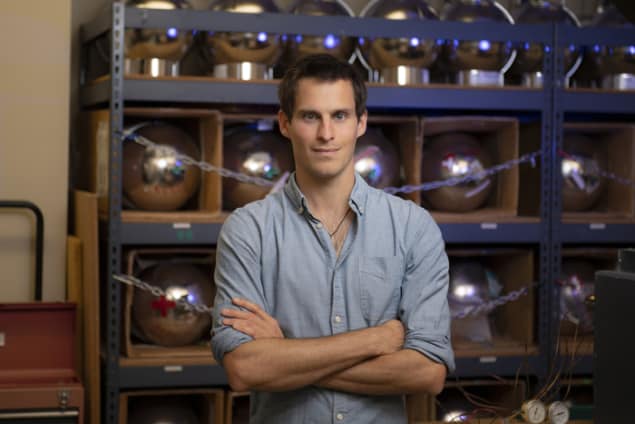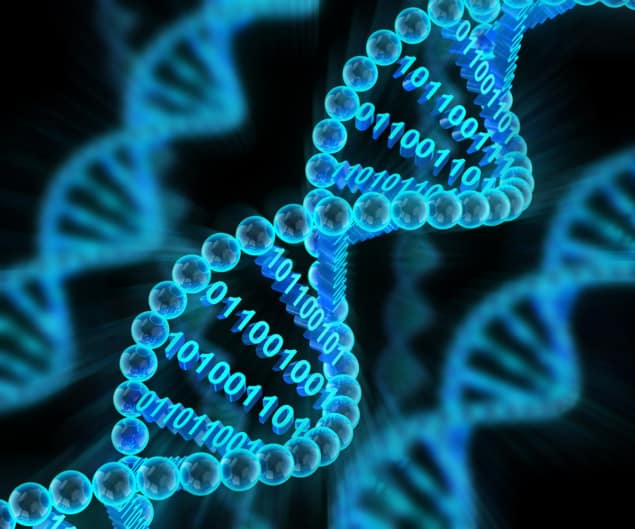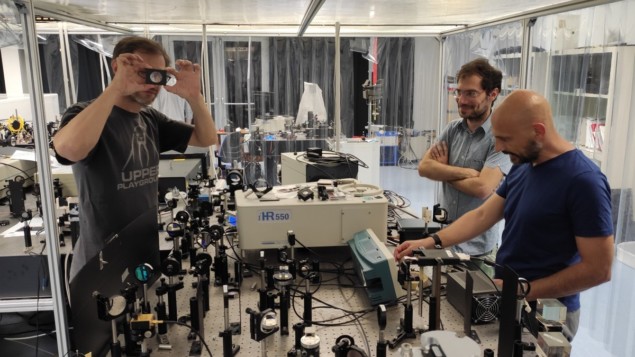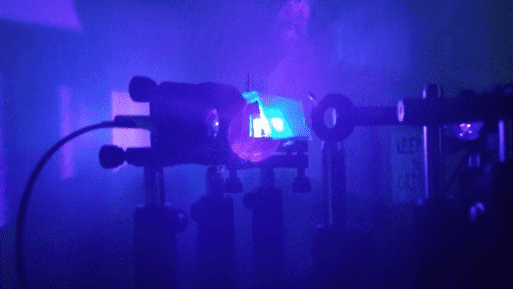KATRIN experiment places upper limit on the mass of the neutrino
14 Feb 2022
Physicist Björn Lehnert from the Lawrence Berkeley National Laboratory talks to Richard Blaustein about what a new precise measurement of the neutrino means for particle physics
Based at the Lawrence Berkeley National Laboratory in the US, Björn Lehnert is a neutrino physicist who originally did a PhD at the Technische Universität Dresden in Germany on the GERDA experiment.





